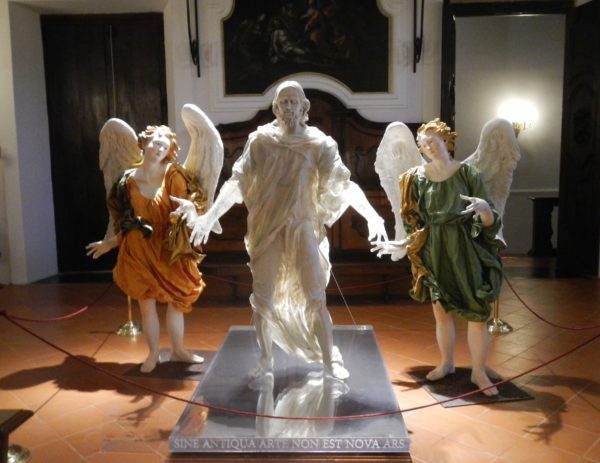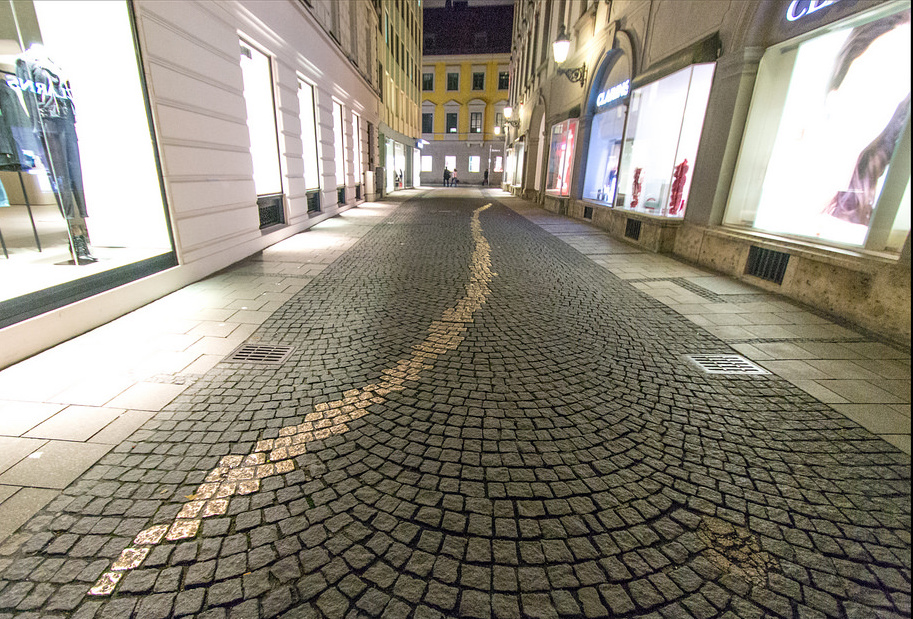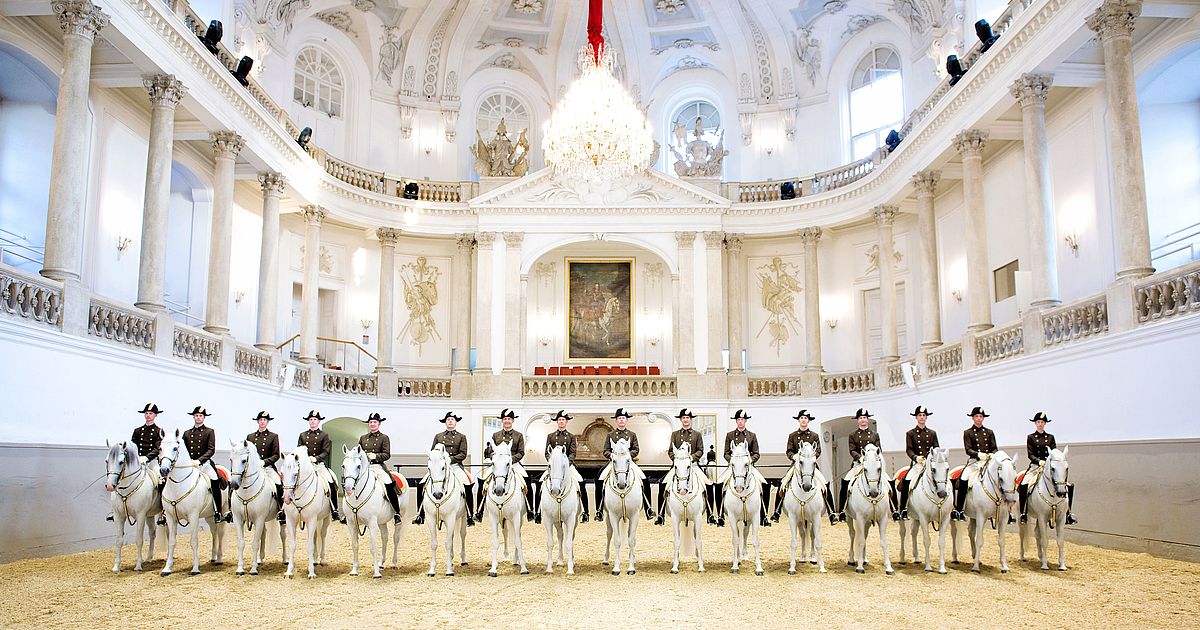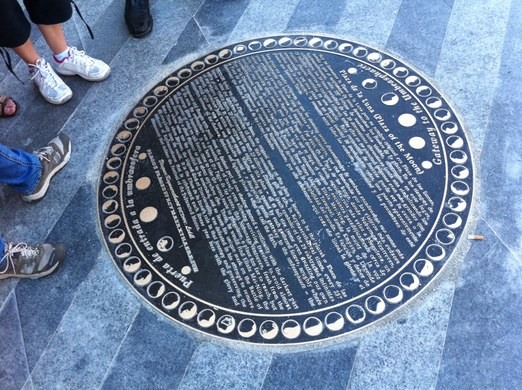Declared a UNESCO World Heritage Site in 1995, the historic center of Naples contains architectural and artistic wonders unique in the world.
The Neapolitan jewels are so numerous that even the most expert Neapolitan can fall into error. Who does not know the famous statue of the Veiled Christ? What about the statue of the "Unveiled Christ"?
Perhaps not everyone knows that in Via Nilo 34, just a few steps from the famous Sansevero Chapel, there is one of the most beautiful and monumental buildings in the historic centre of Naples, known as the Palazzo dei Principi di Scanno or Seminario dei Nobili. The ancient building belonged to the D’Afflitto family, princes of Scanno, until 1654, when it was purchased by the Real Monte Manso, a foundation that provided free education for young Neapolitan nobles. The palace passed to the Jesuits in 1804, and was then permanently closed in 1820. Badly damaged during the Second World War and because of the earthquake of 1980, the Seminario dei Nobili was completely restored in 2009, and today you can admire its former glory.
The Real Monte Manso was founded in 1608 by Giovan Battista Manso, Marquis of Villa, Patrician of Amalfi, patron of three great Italian poets: Torquato Tasso, Giovan Battista Marino and Giuseppe Battista. On the third floor of the building there is a church dating back to the 18th century, a period in which the number of seminarians grew so much that it was necessary to build a chapel for the spiritual activities of the young students.
The peculiarity of this Church lies in its location: it is, in fact, exactly above the Sansevero Chapel, since Marquis Manso wanted to spite the Prince of Sansevero.
In 2010, following restoration work, the work by the young artist Giuseppe Corcione was placed inside the Church, entitled "Christ Revealed or Hidden Light" and positioned parallel to the Christ below. This sculpture represents the moment of resurrection (unlike the Veiled Christ which represents death) and is made with mixed material: Christ is flanked by life-size terracotta figures of Angels with limbs carved in wood, dressed in silk of excellent quality, recalling the style of Neapolitan eighteenth-century sculptures.
Although it is not particularly visited, unlike its "veiled" version, the Unveiled Christ is a must-see for all those seeking a continuum of meaning and values of Catholicism.













